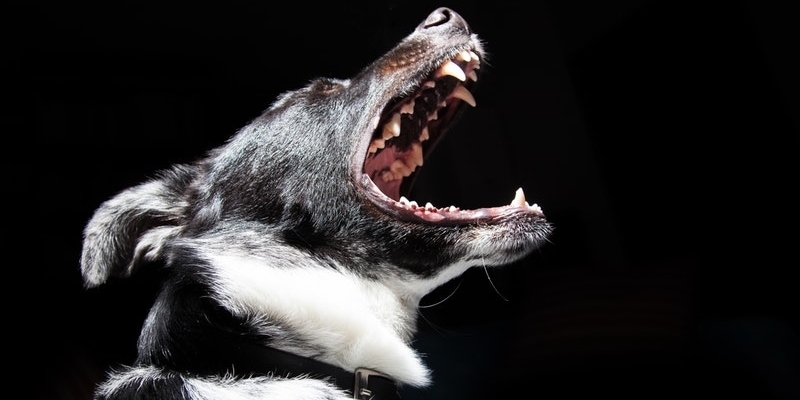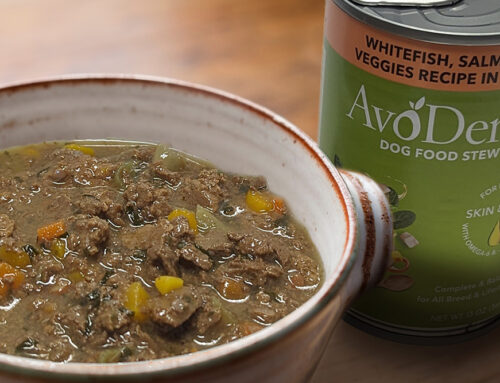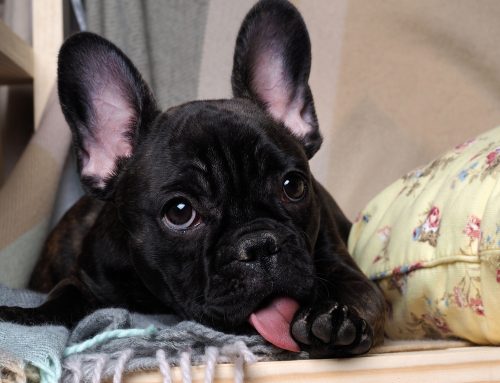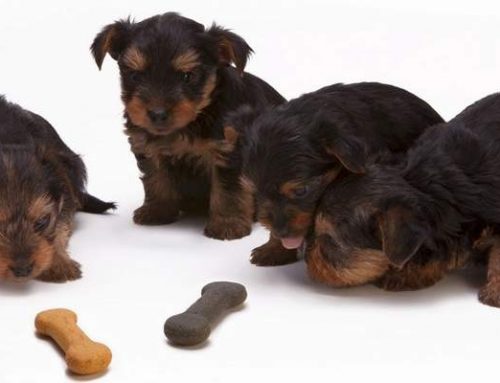Breed bias has long misled people about the source of aggression in dogs. However, there is no evidence that suggests that breed is a good predictor of canine aggression. In fact, most aggressive behavior is caused by environmental triggers and can be solved by removing those triggers. Keep reading to learn how to train your dog to be social and friendly.
What are the most aggressive dog breeds?
The most aggressive dog breeds might surprise you. In a study of thirty dog breeds, those that ranked as the most likely to act aggressively toward humans were Chihuahuas, Dachshunds and Jack Russell Terriers. This is surprising to many people because breed bias points to large dogs as being the most aggressive. Stories involving large dogs more often make the news, adding to already-prominent stigmas. But research shows almost the opposite. The small breeds listed above, plus Beagles and American Cocker Spaniels, had the highest percentage of dogs exhibiting aggression toward owners and strangers.
What are the least aggressive dog breeds?
Contrary to what news stories might lead you to believe, many large breeds, including Golden Retrievers, Labrador Retrievers, Bernese Mountain Dogs and Greyhounds, ranked as the least aggressive dogs in studies. Pitbulls, perhaps the most stigmatized breed, have not been identified as highly aggressive dogs in controlled research. In addition, it is possible that victims of canine aggression sometimes misidentify a different dog breed as a pitbull.
Researchers’ only conclusion is that breed is not a reliable predictor of behavior. People and dogs strongly influence each other: the temperament of any dog depends mostly on their surroundings and training. The source of their aggression is usually a combination of triggers in their environment. Identifying these is key to stopping the aggression.
What contributes to dog aggression?
Dogs exhibit aggressive behavior for many reasons but these instances do not necessarily indicate a general aggressive temperament. One of the most common forms is leash aggression. A leash forces your dog to change some of its natural behaviors. For example, dogs normally approach each other from the side. When a leash forces them to greet each other head-on, both dogs become uncomfortable and defensive. This can cause the barking and lunging that’s so embarrassing to dog owners on a walk. You can prevent this by moving toward another dog in an arc to allow that natural approach from the side. Keeping a loose leash also signals calmness to your dog and makes the situation more comfortable.
Fear aggression is another common type of canine behavior. It is difficult to predict because a situation that seems harmless to a human—a stranger reaching to pet a dog’s head, for example—can frighten a dog. It’s important for a person, especially one whom the dog hasn’t met before, to act slowly and respect the dog’s reaction. If he runs away, don’t correct or punish him. Instead, help him feel comfortable with the new person by showing your own comfort with them and giving them a treat that they can offer to him.
Food aggression in dogs:
In a multi-pet household, a dog might show signs of food aggression. This is defensive, sometimes aggressive behavior, usually toward other animals, that is meant to show dominance. A dog might growl or lunge at others while she is eating. The reasons why a dog exhibits food aggression vary: it could be an instinctual reaction or one based on how she was treated as a puppy. She might feel the need to protect her food from a dog who she thinks will steal it. This behavior, like other forms of aggression, can be changed with careful training and patience.
Training an Aggressive Dog
Training an aggressive dog to be gentler and more comfortable is important for his safety as well as for the peace of mind of the people around him. Above all, you want your family pet to feel safe and loved.
The first step is to identify the triggers that make your dog act aggressively. It could be strangers entering his home; young, excited puppies; perceived threats to his food; tight leashes; trauma in his past; or many other factors. Because of the many possible sources of his anxiety, there is no universal fix.
As a general starting point, make sure your dog has a comfortable amount of space. He is less likely to feel threatened when there is room to escape the situation. Avoid punishment as much as possible; this is a form of aggression, itself, and won’t help his anxiety. Training must focus on positive reinforcement and patience.
If your dog specifically exhibits food aggression, be sure to feed him at very specific times each day. Consistency will reduce any uncertainty he might feel about when he’ll be able to eat again. If the behavior is mild and allows it, try to feed the first few mouthfuls from your hand. Fill his bowl with your hand, too, to accustom him to the scent of your hands around his food. Adding small treats to his food while he’s eating shows him that a person coming near his food bowl is good.
If the aggressive behavior is severe, you should consult with a veterinarian or a professional dog trainer to develop a teaching plan. It will be better for you and for your dog to learn from a professional, who can stay calm around aggressive behavior and who will demonstrate the best ways to use positive reinforcement in training.
If you’re training a new puppy, there are some preventative tips you can use to avoid future aggression. Socialize her as much as possible with people (especially children) and other dogs. Establish routines for food and walks early and introduce her to dogs of different ages. Remember that positive reinforcement is a more powerful training tool than punishment and that it will be much less likely to trigger aggression in response.
A dog’s behavior is based on his environment and training. The source of canine aggression is not a dog’s breed, but a combination of triggers in his surroundings. Begin training your dog by identifying these triggers and removing them to make him more comfortable.
SOURCES
- “Aggression in Dogs.” Animal Humane Society.
- “The Role of Breed in Dog Bite Risk and Prevention.” American Veterinary Medical Association, 15 May 2014.





